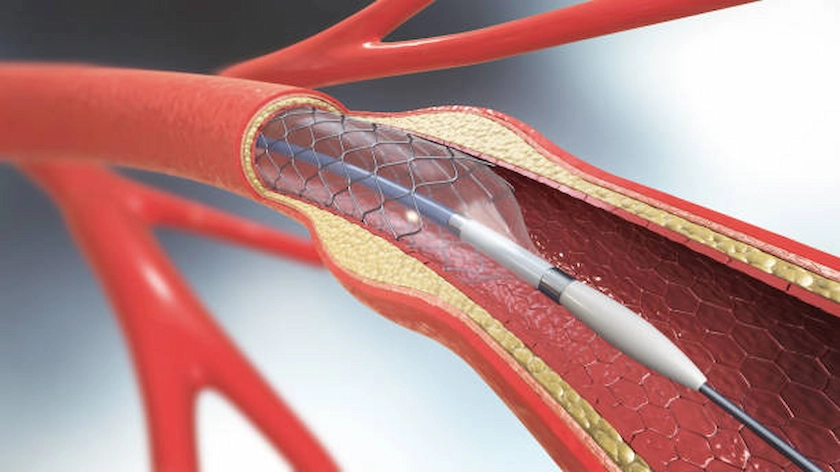
How does diabetes affect my risk of peripheral vascular disease?
Diabetes increases the risk of Peripheral Vascular Disease (PVD) by accelerating atherosclerosis, which reduces blood flow to the limbs. Early detection, blood sugar control, and lifestyle changes are essential for managing both diabetes and PVD effectively.





